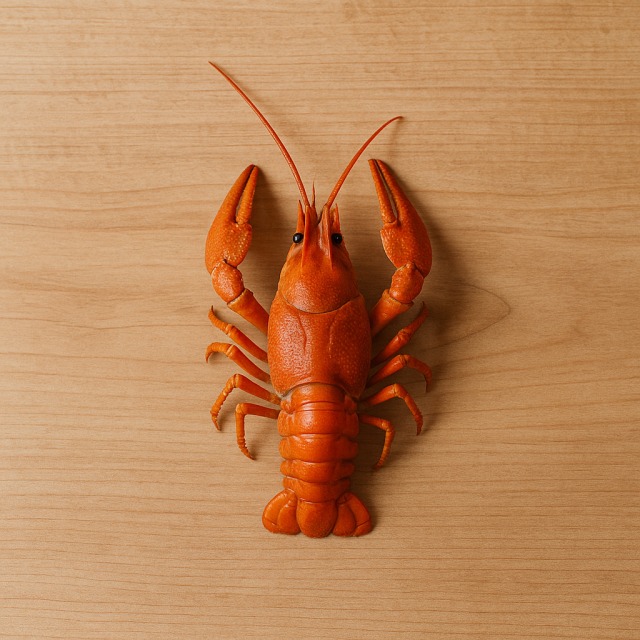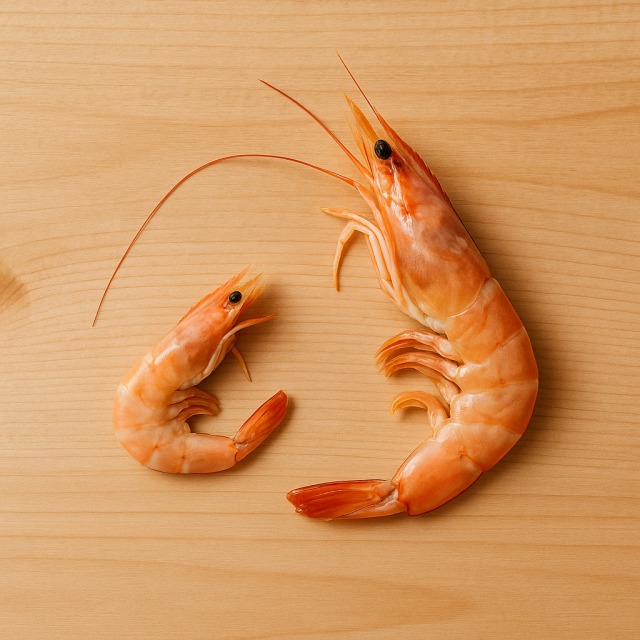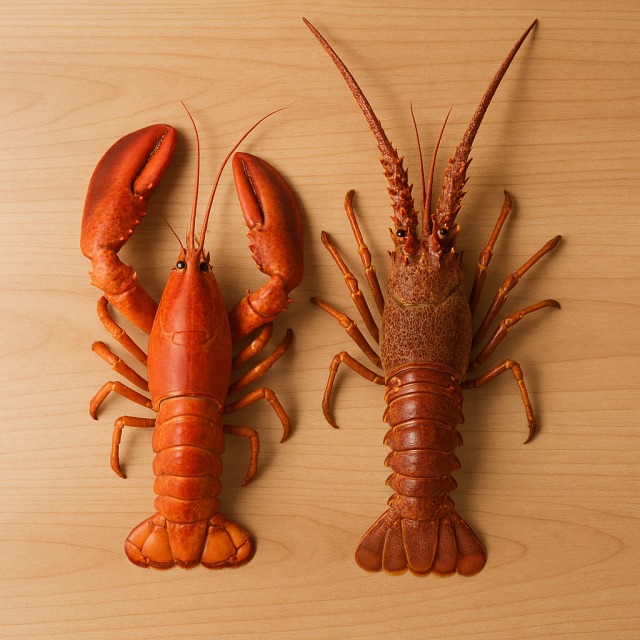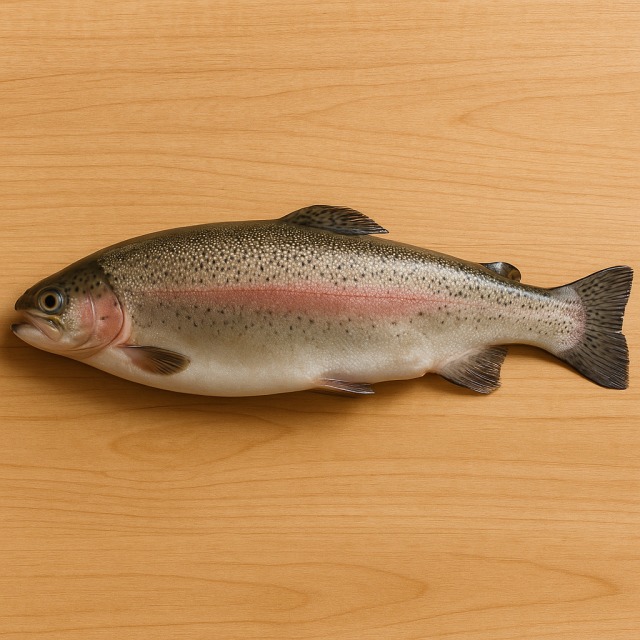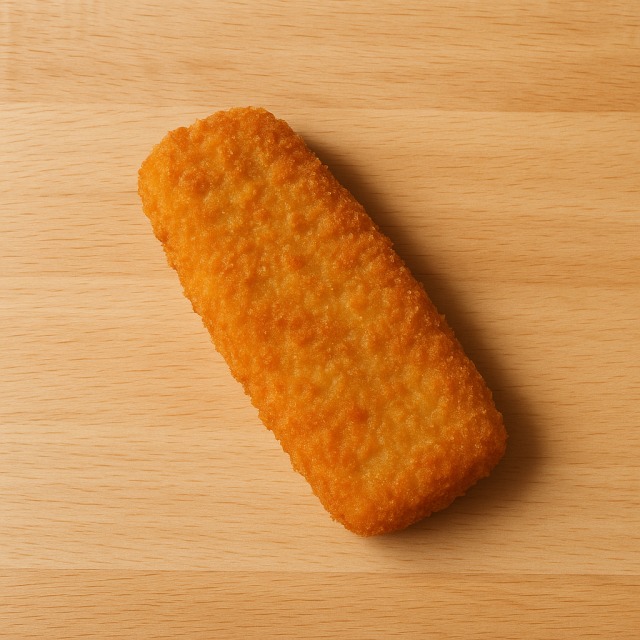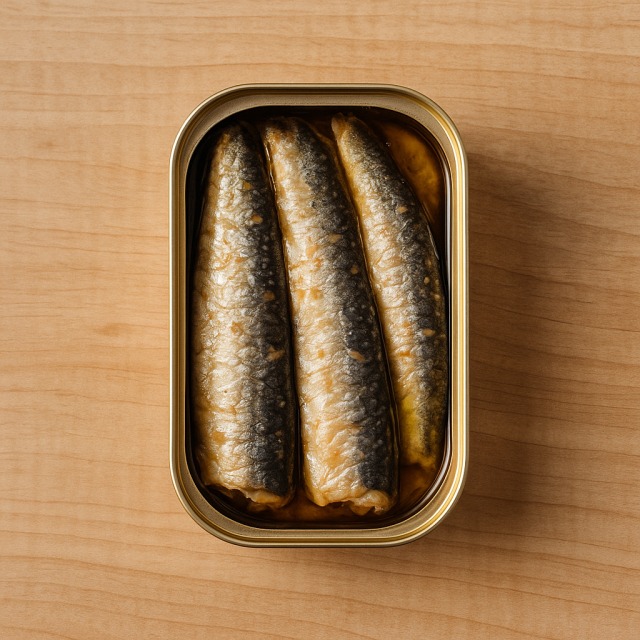Calorie Chart / Fish / Crab
How Many Calories Are in Crab?
Calculation of the nutritional value & Recommended Dietary Intake of crab
For g and a calorie requirement of kcal
| Calories 149 kcal | Proteins 30 g | Lipids 2.4 g | Carbohydrates 1.5 g |
| 7% | 40% | 4% | 1% |
Health benefits of crab

Crab - 100g
Calories 99 kcal
Proteins 20 g
Lipids 1.6 g
Carbohydrates 1 g
With only 99 kilocalories per 100 g, crab is generally considered a low-calorie seafood. Those calories come mainly from its high-quality proteins, with very little fat or carbohydrate. Because the word "calories" is often associated with dieting, it is useful to know that crab adds valuable nutrients without piling on unnecessary calories, making it attractive to anyone monitoring calories for weight control.
Nutritionally, crab is renowned for its vitamin B12 content, essential for red-blood-cell formation and nervous-system health. It also supplies selenium, iodine, and zinc, all of which support thyroid function and immunity. The modest omega-3 content may contribute to cardiovascular health, while the very low saturated fat level keeps overall calories in check. Crab is naturally free of carbohydrates, a point appreciated by low-carb or ketogenic eaters.
Historically, crab has been harvested since ancient times; coastal populations prized it for its flavor and its portability once preserved in salt or brine. In many cultures, it symbolized prosperity. Modern fishery regulations now protect stocks to ensure this low-calorie delicacy remains available for future generations.
Tips for incorporating crab into a balanced diet
Because crab is so low in calories, it pairs well with nutrient-dense ingredients to build a balanced plate. A quick salad of flaked crab meat, diced avocado, fresh herbs, and a squeeze of lemon keeps calories moderate while adding healthy fats and fiber. If you need extra energy, serve warm crab cakes alongside a scoop of brown rice; the rice contributes complex carbohydrates without excessive calories. For a light spring lunch, toss crab with blanched asparagus and whole-wheat pasta, binding everything with a yogurt-based sauce instead of butter to hold calories down.
Athletes looking to boost post-workout proteins without skyrocketing calories can stir crab meat into a tomato gazpacho made from ripe tomato and cucumber. Those who prefer Asian flavors might fold crab into miso soup with cubes of tofu, a preparation that is still gentle on calories yet rich in amino acids. Whatever the dish, remember that steaming or gently sautéing crab preserves its delicate taste and keeps added calories minimal compared with deep-frying.
Frequently Asked Questions
- How many calories are in crab?
- There are 99 kcal per 100 g.
- Is crab a good choice for weight-loss diets?
- Yes. Crab delivers high-quality protein with very few calories, so it helps you feel full while keeping daily calories low.
- Which cooking methods keep crab calories lowest?
- Steaming, poaching, or eating it chilled in salads adds almost no extra calories, whereas breading and frying can double or triple calories.
- How do crab calories compare with those in shrimp and prawn?
- Both are lean, but crab contains slightly more calories because it has marginally more protein. The difference is small, under 20 kcal per 100 g.
- Can I eat crab if I monitor cholesterol as well as calories?
- Crab is low in calories and moderate in dietary cholesterol; most people can include it in a heart-healthy, calorie-controlled plan, especially when balanced with foods rich in fiber like broccoli.
- Does canned crab have the same calories as fresh crab?
- Canned versions are usually packed in brine, so the calories stay almost identical; just drain well to avoid excess sodium while still benefiting from the same low calories.
Similar foods
Information provided by Calorie Menu may contain inaccuracies or errors. It cannot, under any circumstances, substitute medical advice or medication.
